Chirality controls the reaction-diffusion of nanoparticles and their interactions with cells
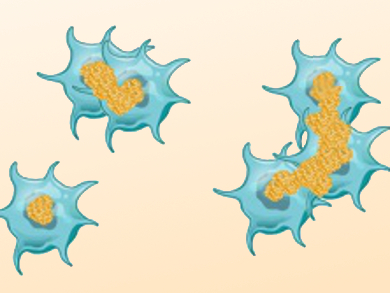

Chirality controls the reaction-diffusion of nanoparticles and their interactions with cells
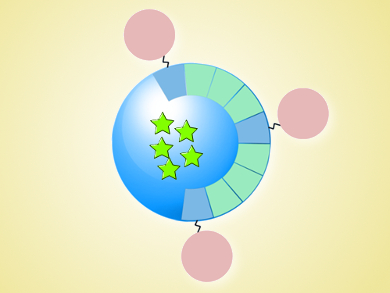
Hormone analogue co-assembly gives targeted nanoparticles for theranostic applications
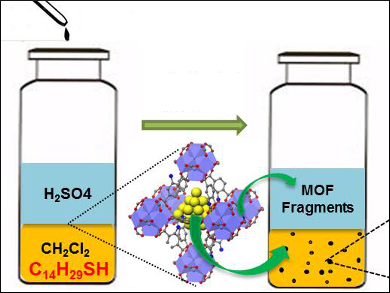
Interfacial etching provides a new route to palladium nanoclusters
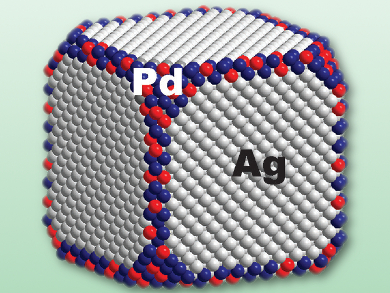
Probing the reduction of nitroaromatics on nanocatalysts using surface-enhanced Raman spectroscopy
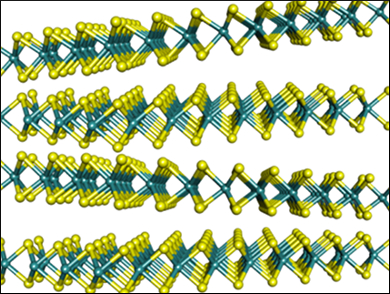
Pseudocapacitor made from chemically exfoliated molybdenum disulfide
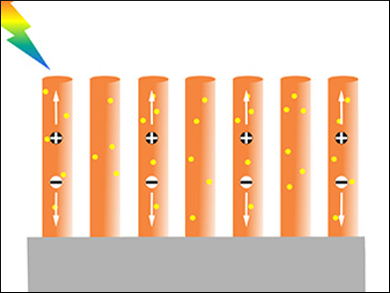
Better conductivity of hematite anodes in photoelectrochemical water splitting
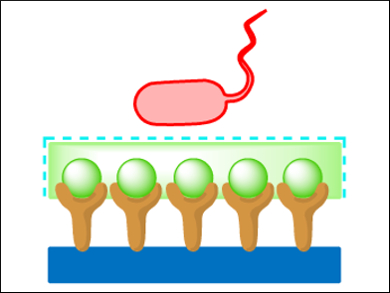
Glycosylated dendrimers were used to study the effect of PEGylation on multivalent binding
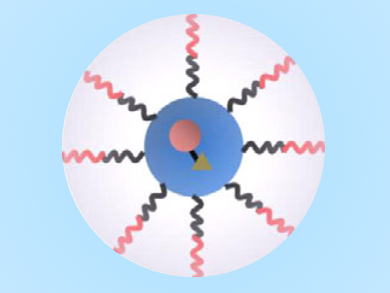
Nanomicelle-based 'turn-on' sensors can detect abnormal levels of thiols
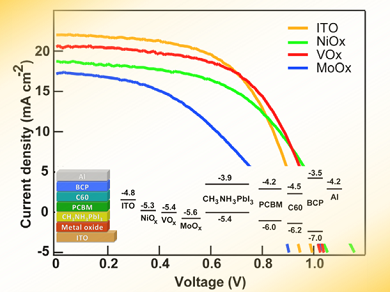
Metal oxide underlayers can be eliminated in inverted perovskite solar cells
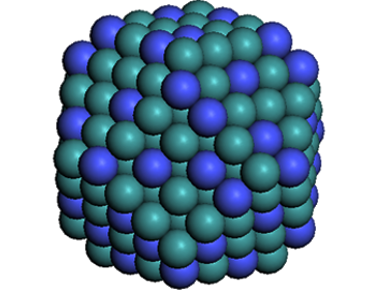
Simple and general method to quantitatively determine the surface and core compositions of bimetallic nanoparticles (bi-MNPs)